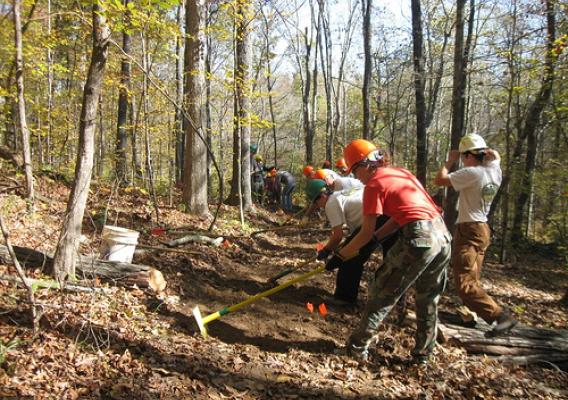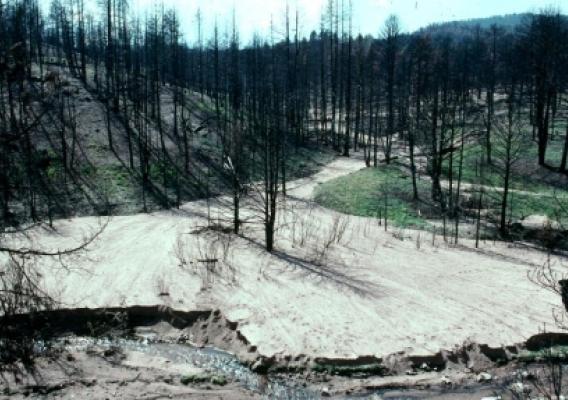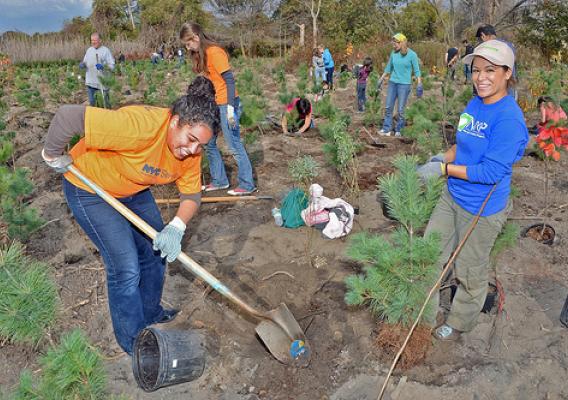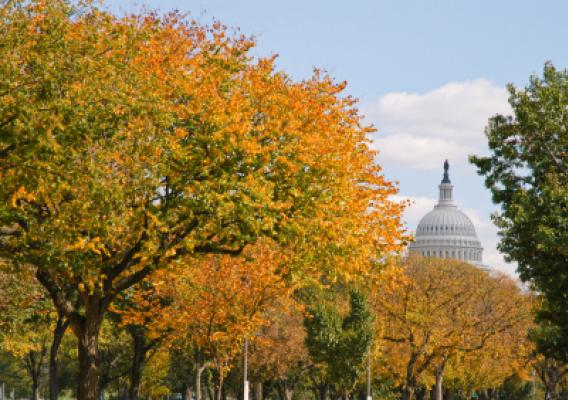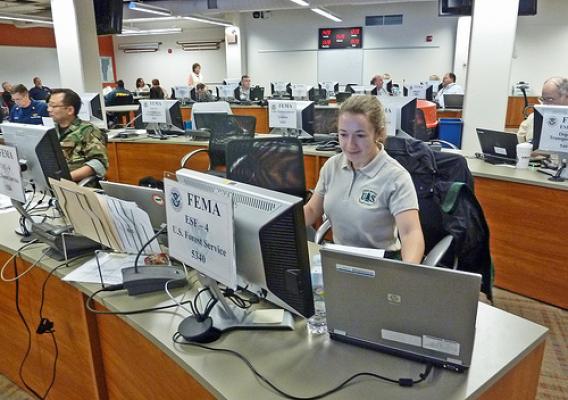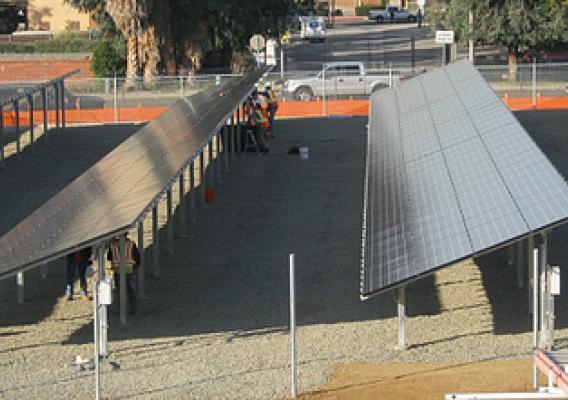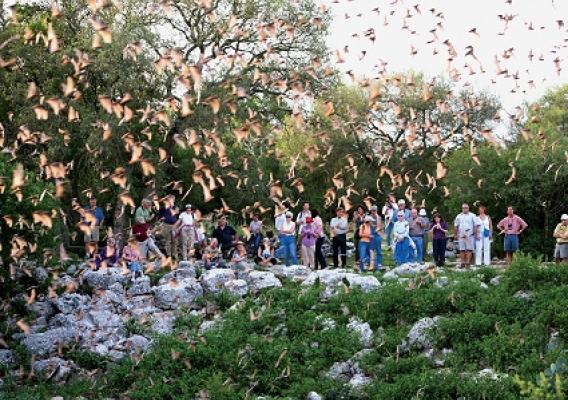America’s farmers, ranchers and forest owners have a great tradition of stewardship of our natural resources and environment. The U.S. Forest Service, the Natural Resources Conservation Service (NRCS) and other USDA agencies work in partnership with farmers, ranchers, forest owners, conservation groups, sportsmen, local communities, businesses and many others to encourage the conservation of both our public and private lands. This month – National Conservation Month – the Forest Service and NRCS are making several announcements that highlight the commitment of USDA and its partners to natural resource stewardship on public and private lands.
Later today, Secretary Tom Vilsack will announce the latest round of recipients for the NRCS Conservation Innovation Grants program (CIG). These grants stimulate the development and adoption of innovative conservation approaches that improve the productivity of farms, ranches and forests while enhancing the environment. For example, last year the University of Delaware used a CIG grant from NRCS to assist poultry producers in improving their operations and their environmental performance, and helping them comply with federal and state environmental quality requirements.

